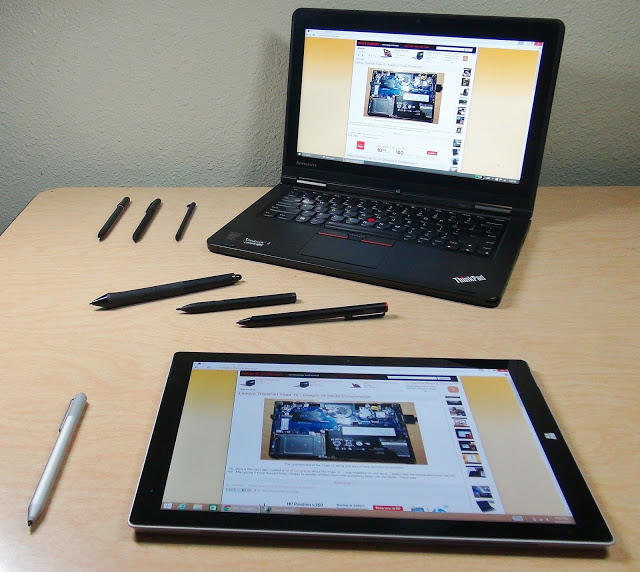System Sounds are those audio clips you hear every time you do something with your computer. At times they are useful, and sometimes they are just annoying. On almost every system that I have owned I have disabled them.
How to disable System Sounds:
- Hit Win key
- Type "change system sounds" and open it.
- Under "Sound Scheme" choose "No Sounds"
- Click "Apply" and "OK" buttons.
Those annoying system sounds are now gone, and now you can enjoy your silent system.
Louder Speakers
The S10-3T does not have the loudest speakers, but there are ways to increase the volume.
Windows has two different volume controls:
- System Volume
- Software Volume
There are several ways of controlling the System Volume, usually the key combination to increase the volume increases System Volume. Another way is by accessing the speaker icon on the taskbar. Once you max this then you can move on to increasing volume in Software.
Some programs like VLC (and iTunes) allow you to increase the volume to "over 100%" which makes a difference. There is a disadvantage to upping the volume a lot because audio can become "cracky".
Sometimes "audio codecs" also have an effect on volume levels.
Loudness Equalization
Different audio sources and media do not have the same audio levels. Some mp3s can be loud, and some Youtube videos are very silent. Because each media source has different volume levels the entertainment experience of the S10-3T can be ruined. There is a way to fix this issue and that is by enabling Loudness Equalization.
How to enable Loudness Equalization:
- Hit Win key.
- Type "Manage Audio Devices" and now open it.
- Select the "Speakers".
- Click on "Properties" button.
- Select the "Enhancements" tab.
- Check the "Loudness Equalization" box.
- Click "Apply" and "OK" buttons.
Once Loudness Equalization is enabled each audio source will be controlled and be put on the "same volume level". This can also be handy for headphone users to prevent damaging your ears. We all have those times where we are listening to very quiet audio and then a music track begins playing that is very loud.
Try to conserve your hearing capability, especially if you are young.
Switch Audio Device
If you run into a situation where audio is not coming out of speakers or headphones you may have a "device priority" issue. This occurs when you switch among different audio interfaces which includes: speakers, headphones, bluetooth, hdmi and usb speakers. When you activate/deactivate a device the "default audio device" is chosen by the system, and sometimes this automatic priority system is wrong. Basically your desired audio device will not output audio. Luckily there's a fix.
Switching among audio devices:
- Plug your audio device.
- Press the Win key and type "manage audio devices", and open it.
- On the "Playback" tab select your desired audio device, and click on "Set Default" button.
- Click "OK" button
If you want to switch to other speaker systems (USB or bluetooth) you can do it through that system.
Some laptops that offer HDMI may also need to be switched through this method. The HDMI speaker may be hidden, so right click inside the list of audio devices and enable "Show Disabled Devices" and "Show Disconnected Devices".
My headphones/speakers/earphones do not show up in "Manage Audio Devices," what do I do?
This is an indication that there is no audio card in your computer/laptop/tablet. The problem is likely related to Windows not being able to find the audio drivers, or there is a possibility that your audio card (hardware side) has gone bad. If the problem is with the audio drivers then all you need to do is to reinstall such drivers (go to your PC/laptop/computer/tablet's manufacturer's support website and get the "audio drivers."). Once installed you should be able to see your speakers/earphones/headphones in "Manage Audio Devices." If this does not occur then you may have that hardware problem and you are likely going to need repairs, or install a USB audio card on your system (there are plenty of these USB audio drivers).
Hope that helps.
(70m)







No comments:
Post a Comment